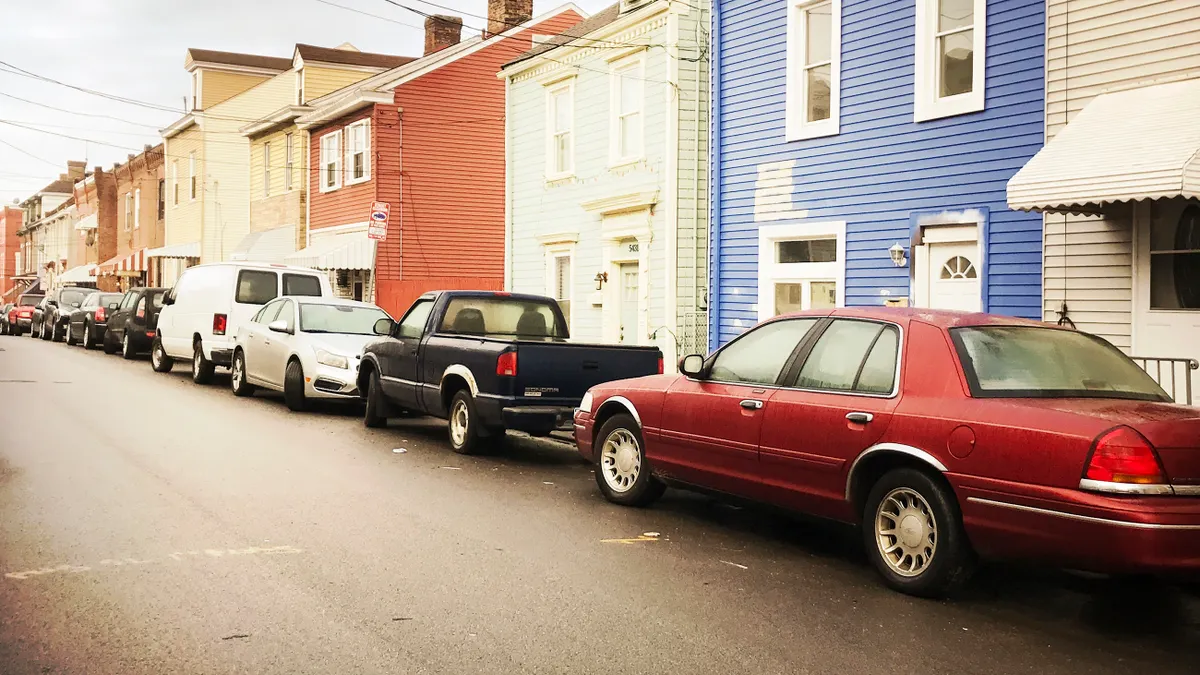Editor's Note: The following is a guest post from Ben Ziomek, CPO and co-founder of Actuate.
The universe of data is exploding. Between 2013 and 2020, the accumulated amount of digital data will have multiplied 10 times over. The true test of the future is in how we handle this massive (and ever growing) pool of information. More precisely, how will cities — as the hubs of human activity — handle it?
A 2019 review by management consultancy Oliver Wyman shows that, in most cases, cities are far from where they should be to handle a data-driven future. In fact, the survey of 104 cities summarized that "no city is close to being ready for the challenges ahead."
Even as more municipal leaders realize the need for serious data strategy in their city planning, there’s a conspicuous lack of local government action toward making the necessary changes.
The digital drag of local government
Even though local governments are frequent innovators in terms of policy, they often lag in adopting digital technology.
Take congestion pricing, for example. In policy terms, Singapore was ahead of the curve in 1975 when it began charging a toll for driving the central business corridor, a strategy aimed at reducing the congestion of traffic. The policy has been slow to catch on elsewhere — in part because cities haven’t caught up on the technology side and, instead, stick with daily flat rates that make it hard to manage both congestion and revenue.
New York’s proposed implementation, for instance, is burdened by imprecision. The system charges a flat daily fee to drivers, regardless of how much time they spend in the central business district. The tech is available to calculate a more precise fee by assessing a car’s footprint, speed, and the total space it requires based on those factors — New York just isn’t utilizing it.
This is but one example of a city lagging unnecessarily. In many cases, civil services are still far too dependent on analog systems, while private businesses charge ahead into the digital age.
Commercial real estate is one industry frequently bogged down by cumbersome municipal processes. Much of the process involved in assessing a property relies on documentation held in government silos and locked down by manual verification methods. In the name of higher security, these systems actually increase the likelihood of human error while enlarging administrative costs.
Meanwhile, blockchain transactions in real estate are taking off quickly. The success of these entirely digital, secure transactions underscores how far behind many cities are when it comes to real estate, digital technology and big data.
Hidden in plain sight
The reason for this is twofold: Cities are either not collecting the data in the first place or they’re not using the data they have.
The former is a major missed opportunity. Data increases in value as it accumulates. So every year that a city misses adding to its data pool pushes it much further behind cities that are building robust databases. This distance becomes much harder to make up as it grows exponentially.
But this can also be the more expensive problem to solve. It’s not cheap to add the technology needed for collecting information on vehicle telemetry, traffic patterns or smart utility data. That’s not to say that adding this tech shouldn’t be a priority. But many municipalities will have to prioritize and pace themselves as they add the infrastructure.
Thankfully, cities can do a lot more with the data they already have.
Consider the abundance of traffic data that’s already available in most cities. Traffic and security cameras line the roads, many of them already upgraded to new, digital, IP-connected models. Drivers have the power to send instant updates on traffic congestion via their cellphones. There are electrical induction loops underneath many city roads that collect information about traffic patterns. All this data is available. The question is whether your city is using it.
The Seattle Police Department is a leading example in this arena. The organization collects data on things like neighborhood crime and makes it available through an online user interface, where it can be used for analysis and assisting with policy decisions. But real solutions must go further still. Smart cities must find ways to consolidate their data across departments so it can assist with decisions citywide. How does crime in a certain neighborhood affect interstate traffic? What are the leading indicators of water main failure?
The answers to these questions are there, hidden in the data. But finding those answers will require consolidated databases that bring the information together in useable ways.
Tearing down the walls
The need for consolidation points toward another solution — and no, it’s not just hiring more tech talent. While that will certainly help, the larger issue isn’t tech-focused at all.
The real hurdle is the lack of collaboration and cooperation between municipal divisions. In many cases, even when two divisions each want to adopt data-driven technology, they may not agree on what they’re trying to accomplish.
Innovative insights depend on data cross-pollination between traffic and law enforcement divisions or legal and economic leaders, for instance. Without a collaborative approach to solving problems and setting goals, though, municipalities can’t effectively use the data.
Cities need to tear down the walls between departments. Getting leaders from different service sectors in the room to discuss their problems and share data insights would inspire innovation more than any one specific technological solution. In the end, all the data in the world is no good without someone to interpret it.
By all means, bring in young, tech-minded talent and invest in new tools that facilitate better data collection in your city. But don’t neglect the real work of bringing your city leaders — and their data — together to solve the 21st century problems of our cities.


















